The allure of a spontaneous tattoo, perhaps etched with personal flair by a friend or a seemingly artistic acquaintance in the comfort of a home setting, can be powerful. It might promise a unique, intimate experience and a lower price point. However, as fascinating as the world of tattoos is, it’s crucial to understand that tattooing is a complex and precise art form that requires rigorous safety standards and specialized training. When you opt for a “scratcher” – an untrained individual performing tattoos, often in non-sterile environments like a home – you’re not just taking a risk with your skin; you’re potentially jeopardizing your overall health. Tattooing involves breaking the skin barrier, a process that, when not executed with extreme caution and sterile equipment, opens the door to a host of serious complications. This article aims to shed light on the significant dangers associated with amateur home tattooing and why choosing a licensed, professional tattoo artist is paramount for your safety and the quality of your ink.
We delve into the critical reasons why this seemingly convenient option can lead to severe health issues, long-term regrets, and costly corrections.
What is a “scratcher” tattoo and why home tattooing is dangerous
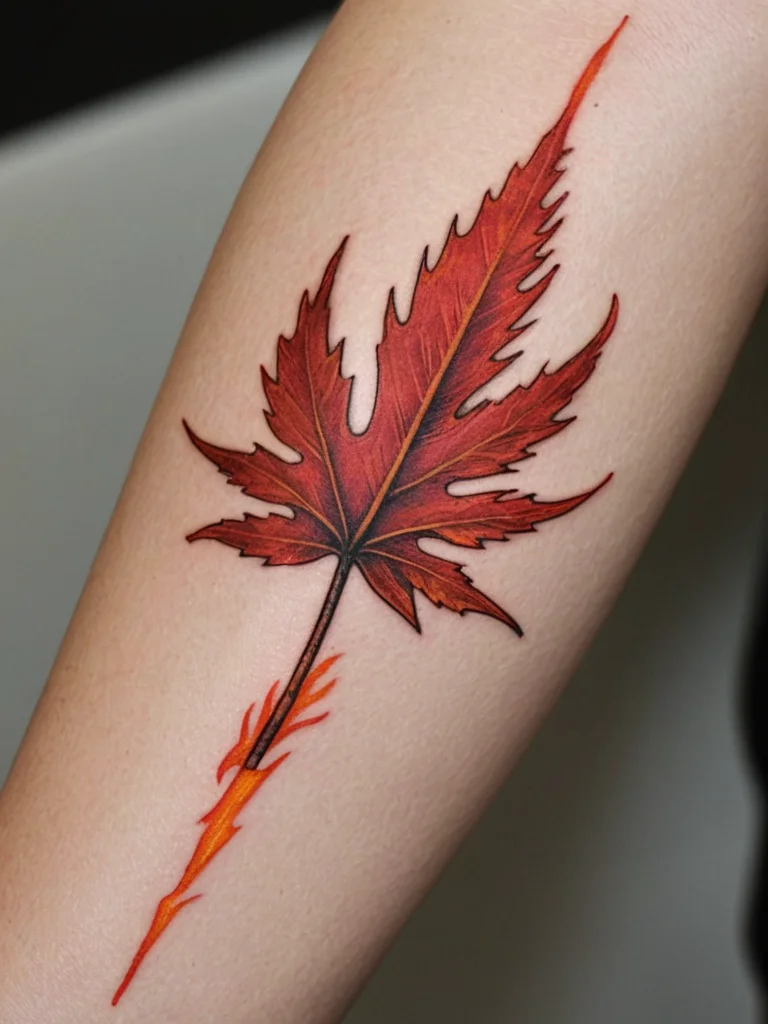
The term “scratcher” in the tattoo community refers to an individual who performs tattooing without the necessary training, licensing, and adherence to strict safety protocols. These individuals often operate outside of established, regulated tattoo studios, frequently working in informal settings such as private homes, garages, or other unhygienic environments. The equipment they use may not be sterilized properly, or it might be repurposed or of poor quality. Unlike professional tattoo artists who invest in high-grade, single-use needles, sterile ink cups, and professional-grade tattoo machines that undergo regular maintenance and sterilization, scratchers often cut corners to save money or due to a lack of knowledge about proper sterilization techniques. Tattooing is essentially creating a controlled wound. Professionals are trained in aseptic techniques, akin to those used in medical procedures, to prevent the introduction of pathogens into the body. This involves meticulous hand washing, wearing gloves, sterilizing all reusable equipment in an autoclave (a device that uses steam under pressure to kill microorganisms), using disposable needles and ink caps for each client, and ensuring the entire workspace is clean and disinfected. A home environment, no matter how tidy it may seem, cannot replicate the controlled, sterile conditions of a professional tattoo studio. Dust particles, bacteria, and viruses are present in everyday living spaces, and without the proper equipment and knowledge, a scratcher cannot create a safe tattooing environment. Furthermore, they typically lack formal training in anatomy, skin conditions, and bloodborne pathogen transmission, meaning they are ill-equipped to handle potential complications or understand the long-term impact of their work on your skin.
The hidden dangers: health risks you can’t afford to ignore
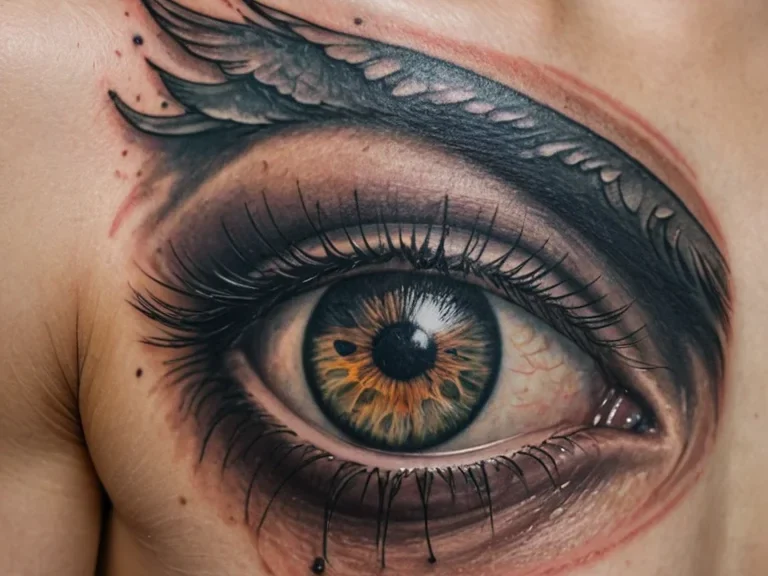
The most immediate and significant risks associated with scratcher tattoos stem from the lack of sterile practices. When needles and equipment are not properly sterilized, they can harbor and transmit dangerous bacteria and viruses. One of the most serious concerns is the transmission of bloodborne pathogens like Hepatitis B, Hepatitis C, and HIV. These viruses can be present in the blood of an infected person, and if the equipment used touches contaminated blood and then penetrates the skin of another person, transmission can occur. Hepatitis B and C are particularly dangerous as they can lead to chronic liver disease, liver failure, and liver cancer. HIV, while less commonly transmitted through tattooing, is still a risk if contaminated sharps are improperly handled or shared. Beyond viral infections, improper technique and non-sterile equipment can lead to severe bacterial infections. Common culprits include Staphylococcus aureus (staph), which can cause skin abscesses, cellulitis (a serious skin infection), and in severe cases, can enter the bloodstream, leading to sepsis, a life-threatening condition. Streptococcus pyogenes (strep) can also cause significant infections. Symptoms of infection might not appear immediately; they can develop days or even weeks after the tattooing process. These can include increased redness, swelling, pain, warmth around the tattoo site, pus discharge, fever, and red streaks spreading from the wound. If left untreated, these infections can spread rapidly and require extensive medical intervention, including antibiotics, drainage of abscesses, and in severe cases, hospitalization. Allergic reactions are another significant risk. Professional tattoo artists use inks formulated and regulated for cosmetic use. Scratchers, however, may use non-certified inks, industrial pigments, or even homemade concoctions that have not been tested for safety. These substances can contain heavy metals or other allergens that can cause severe skin reactions, leading to persistent itching, rashes, blistering, and scarring. Even if the initial reaction seems mild, some allergic reactions can be delayed, manifesting months or years later.
Beyond health: long-term consequences of amateur ink
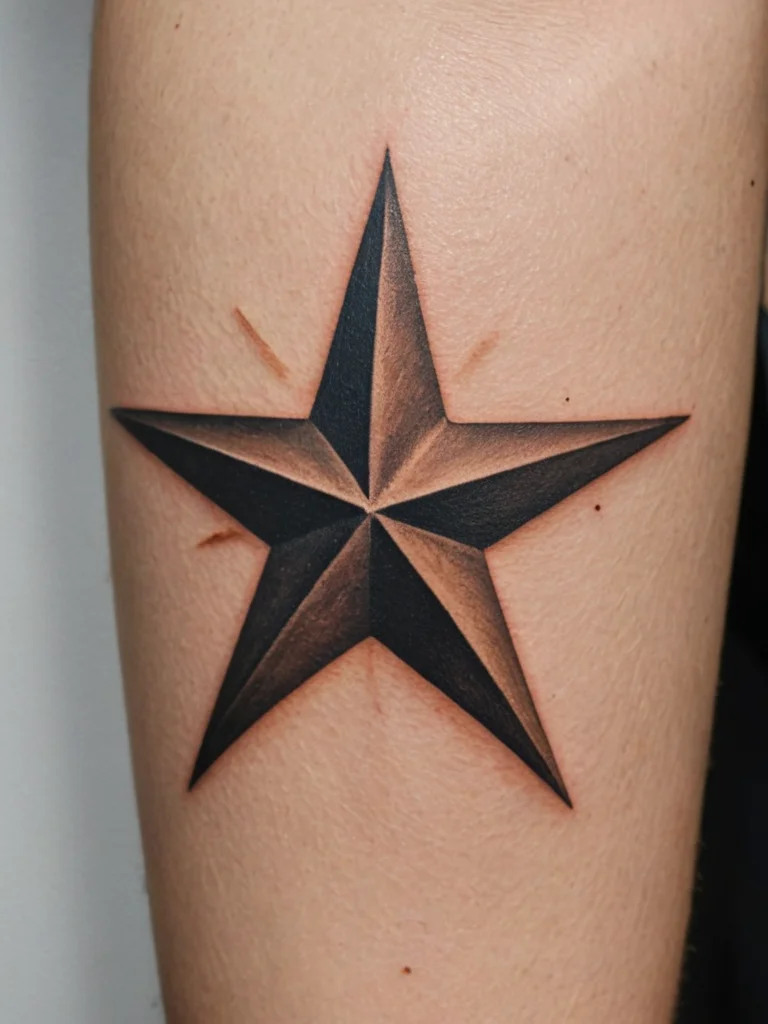
The repercussions of a scratcher tattoo extend far beyond immediate health concerns. The aesthetic quality of a tattoo done by an untrained individual is often severely compromised, leading to long-term visual dissatisfaction and regret. Without a solid understanding of color theory, pigment depth, and needle control, scratchers often produce designs with uneven lines, splotchy shading, and colors that bleed or fade prematurely. Lines that should be crisp and defined can become blurred and indistinct over time, making the tattoo appear muddy or aged far before its natural course. Shading can be inconsistent, resulting in patchiness or “blowouts” – where the ink spreads uncontrollably beneath the skin, creating fuzzy or smudged areas that cannot be easily fixed. Furthermore, the lack of understanding regarding skin anatomy and the proper depth to deposit ink can lead to scarring. When ink is deposited too deep, it can damage the dermis, resulting in raised, keloid-like scar tissue that distorts the tattoo design and can be permanent. Even if there are no immediate infections or blowouts, the long-term healing process of a poorly executed tattoo can be problematic. The skin may not heal smoothly, leading to raised or indented areas, or the ink might settle unevenly, causing the tattoo to look faded or washed out much faster than it should. This diminished aesthetic quality often leads to a deep sense of regret, particularly for tattoos that were intended to be meaningful or cherished. Many individuals who get tattooed by scratchers find themselves seeking cover-ups or removal years later, incurring significant additional costs and emotional distress. The desire for a beautiful piece of body art can turn into a source of embarrassment or disappointment when the reality of the amateur ink fails to match expectations or, worse, causes lasting damage to the skin.
Protecting yourself: how to spot a reputable tattoo artist vs. a “scratcher”
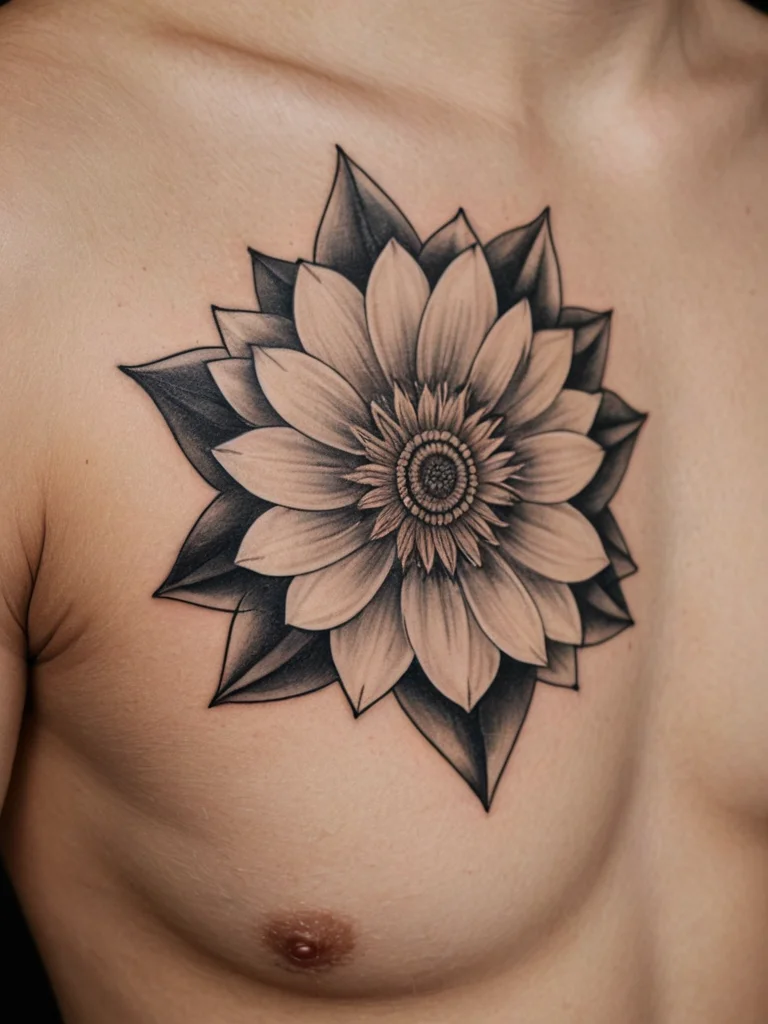
Navigating the world of tattoo artists requires diligence, especially when you want to ensure you’re choosing someone professional and safe. The most obvious indicator of a professional is their studio environment. A reputable tattoo studio will be clean, well-lit, and organized, adhering to health department regulations. You should observe strict hygiene practices, such as artists washing their hands thoroughly before and after the procedure, wearing disposable gloves, and using single-use needles and ink caps. A professional artist will openly discuss their sterilization procedures and show you their autoclave if asked. They will also have their equipment displayed in sterile packaging. Another key factor is licensing and experience. Licensed tattoo artists have undergone specific training and passed exams to ensure they understand safety protocols and artistic techniques. You can usually find information about their licensing and certifications on the studio’s website or by asking them directly. A professional will also have a strong portfolio showcasing a variety of high-quality work, demonstrating their skill in different styles and techniques. They should be able to explain the tattooing process, discuss aftercare instructions thoroughly, and answer all your questions confidently. Conversely, a scratcher often lacks a formal studio, works in unregulated spaces, and may be reluctant to discuss or demonstrate their sterilization methods. Their equipment might look makeshift, and their portfolio may be limited, inconsistent, or primarily composed of tattoos done on friends in informal settings. Be wary of artists who offer unusually low prices, as this can be a red flag indicating they are cutting corners on quality and safety. Always do your research: check online reviews, ask for recommendations from trusted sources, and visit potential studios to assess their cleanliness and atmosphere before committing to an artist. Trust your instincts; if something feels off or unsafe, it’s best to walk away and find a professional who prioritizes your well-being.
When home tattooing goes wrong: realistic repair and removal options
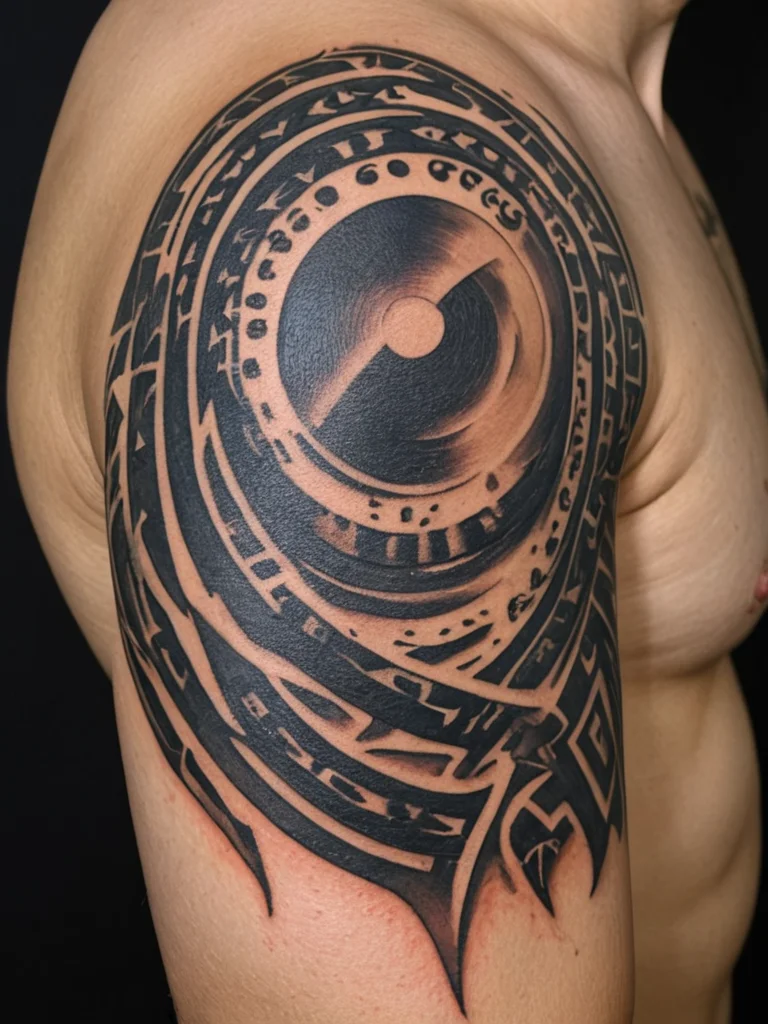
When a tattoo done by a scratcher results in an infection, scarring, or an aesthetically displeasing outcome, it’s natural to want to correct it. Fortunately, there are options, but they come with their own challenges and costs. In cases of infection, the first and most crucial step is to seek immediate medical attention. A doctor can prescribe antibiotics to combat the bacterial infection and manage any complications. Once the infection has cleared and the skin has healed, you can then consider cosmetic corrections. For poorly executed tattoos with blown-out lines, uneven shading, or faded colors, a skilled professional tattoo artist can often perform a cover-up. This involves creating a new design over the existing one, effectively hiding the mistakes of the scratcher. However, cover-ups require careful planning and a talented artist who can work with the existing ink and skin conditions. Sometimes, the original tattoo might be too dark or extensive to cover effectively, or the skin may be too damaged, making a successful cover-up difficult. In such situations, laser tattoo removal might be a necessary precursor or the primary solution. Laser removal works by breaking down the ink particles in the skin using specific wavelengths of light. This process is gradual and requires multiple sessions, with intervals of several weeks between treatments to allow the skin to heal. It can be painful and expensive, and the results vary depending on the ink colors, the depth of the ink, and your skin type. Some colors, like yellow and green, are notoriously difficult to remove. Complete removal is not always guaranteed, and scarring can sometimes occur from the laser treatment itself, especially if the original tattoo caused significant skin damage. Another option is tattoo revision, where a professional artist attempts to re-work the existing tattoo, correcting lines, adding shading, or touching up faded areas. This is often viable for minor flaws but may not be suitable for severe blowouts or extensive scarring. It’s essential to consult with experienced tattoo artists and potentially dermatologists to understand the best course of action for your specific situation. Remember that repairing or removing a poorly done tattoo is often more complex, time-consuming, and costly than getting it done right by a professional in the first place.